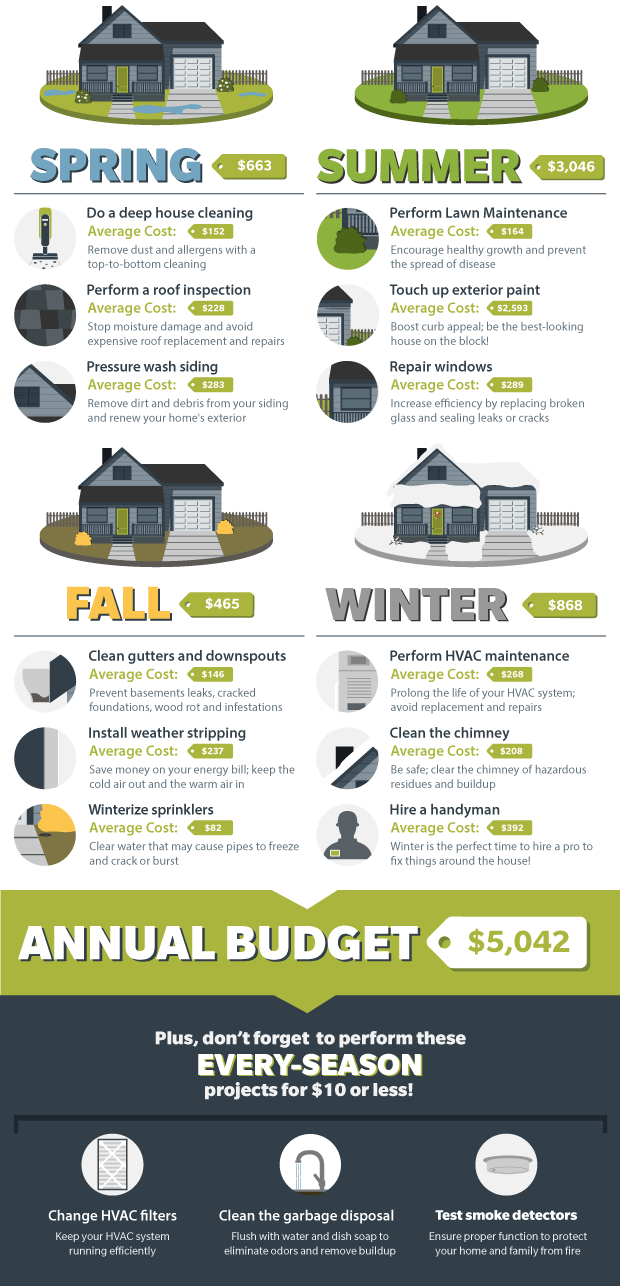When you're dealing with a roof job, you could not assume much concerning roof covering ventilation, however it's more critical than you recognize. Effective air flow helps regulate temperature level and moisture in your attic, preventing problems like mold and architectural damages. By recognizing how to create and mount a well balanced ventilation system, you can boost energy efficiency and prolong the lifespan of your roof covering products. So, what are the essential elements to think about throughout installation that can make all the distinction?
Value of Roofing System Ventilation
Roofing air flow plays a critical duty in preserving the overall health and wellness of your home. By allowing fresh air to distribute through your attic, it assists regulate temperature and wetness levels. This balance is essential to avoid warmth buildup during hot months, which can result in raised power costs as your air conditioning burns the midnight oil.
Furthermore, appropriate air flow significantly decreases the threat of moisture-related problems like mold and mildew and mildew. If moisture levels rise, your home's architectural integrity can be compromised, leading to expensive repair services. You wouldn't want to handle decaying wood or deformed roof materials, right?
Additionally, sufficient air flow extends the life-span of your roofing system. When warmth and wetness are kept in check, your roof covering can carry out efficiently, stopping premature wear and tear. This suggests less frustrations and costs down the line.
How Roof Air Flow Works
Effective roof air flow depends on the all-natural movement of air to create a balance in between consumption and exhaust. When you mount vents, you're basically allowing fresh air to enter your attic room while making it possible for hot, stagnant air to run away. This process aids regulate temperature and wetness levels, stopping problems like mold growth and roofing damages.
Intake vents, usually discovered at the eaves, reel in trendy air from outside. On the other hand, exhaust vents, situated near the ridge of the roofing, let hot air surge and departure. The difference in temperature level creates an all-natural air flow, known as the pile effect. As warm air surges, it produces a vacuum cleaner that pulls in cooler air from the lower vents.
To maximize this system, you require to guarantee that the consumption and exhaust vents are appropriately sized and placed. If the consumption is limited, you won't accomplish the desired air flow.
Likewise, not enough exhaust can trap warmth and wetness, causing potential damages.
Key Setup Factors To Consider
When setting up roofing air flow, several essential factors to consider can make or break your system's performance. First, you require to examine your roofing system's style. The pitch, shape, and products all affect air flow and ventilation choice. Ensure to choose vents that fit your roof covering type and regional environment conditions.
Next off, think about roof replacement san antonio tx of your vents. Ideally, you'll want a balanced system with consumption and exhaust vents placed for ideal air movement. Location intake vents low on the roof and exhaust vents near the height to urge an all-natural circulation of air. This configuration assists prevent dampness build-up and promotes power performance.
Do not ignore insulation. Proper insulation in your attic room prevents warmth from leaving and keeps your home comfy. Make sure that insulation does not obstruct your vents, as this can prevent air movement.
Finally, consider upkeep. Select ventilation systems that are simple to accessibility for cleaning and inspection. Routine upkeep ensures your system remains to work properly with time.
Verdict
In conclusion, roof air flow is vital for an effective installation. By ensuring appropriate airflow, you can avoid warmth accumulation and wetness concerns that cause expensive damages. When you strategically placement intake and exhaust vents, you improve power performance and extend the lifespan of your roofing. Remember, a well-ventilated roof not only shields your financial investment but likewise enhances your interior air quality. So, https://www.dezeen.com/2020/12/09/bmi-group-sustainable-roofing/ to ensure a resilient and cost-efficient roof for your home.
